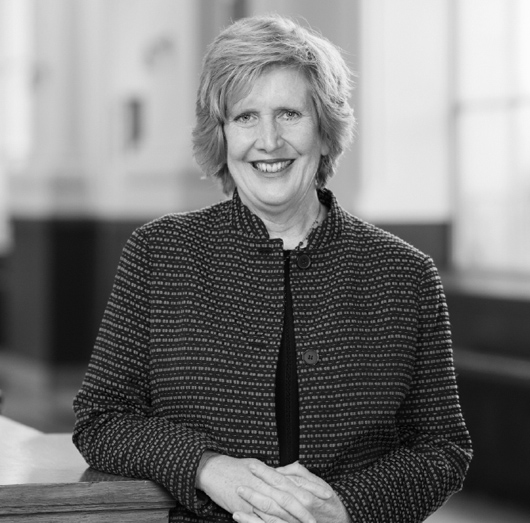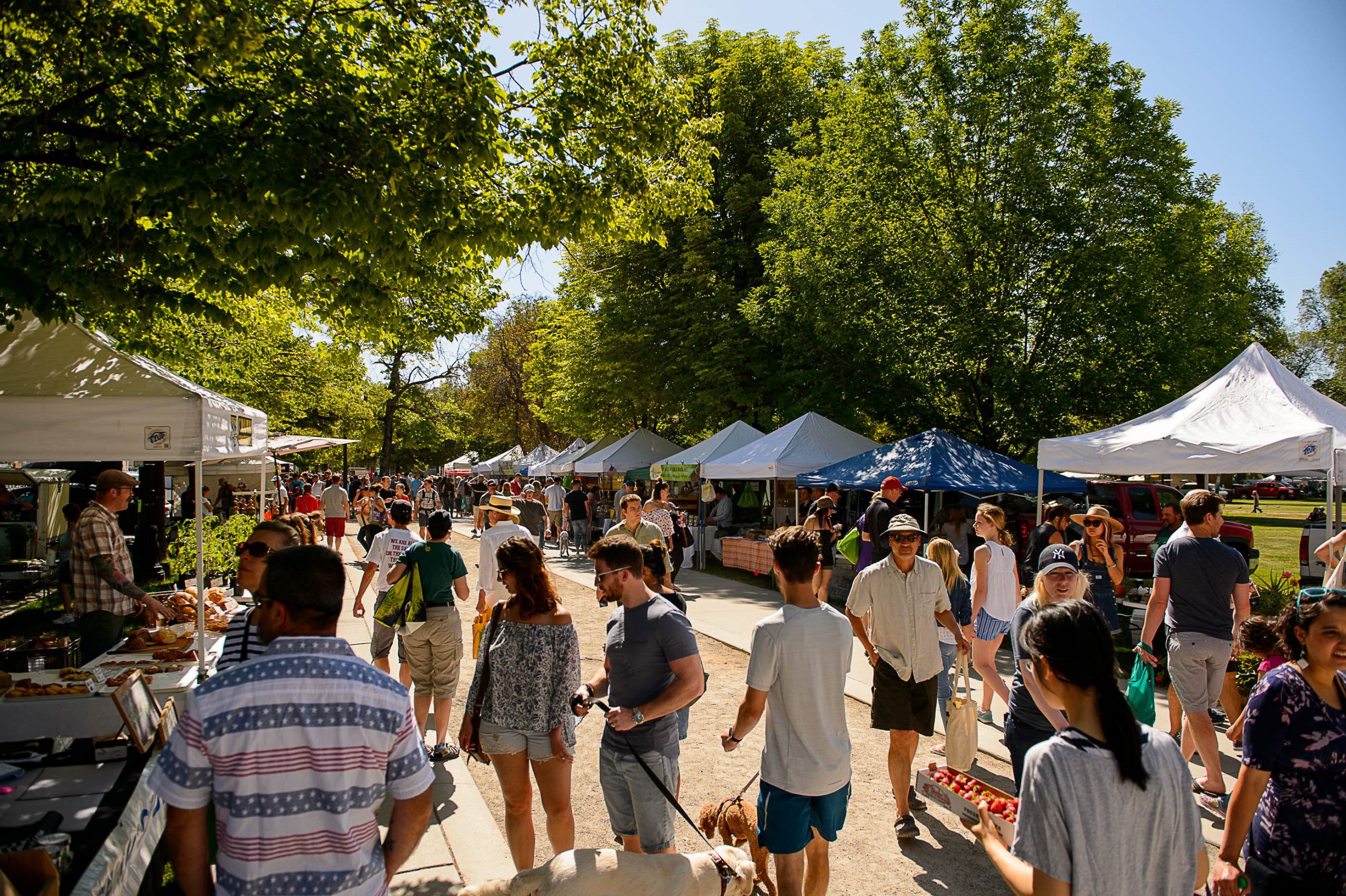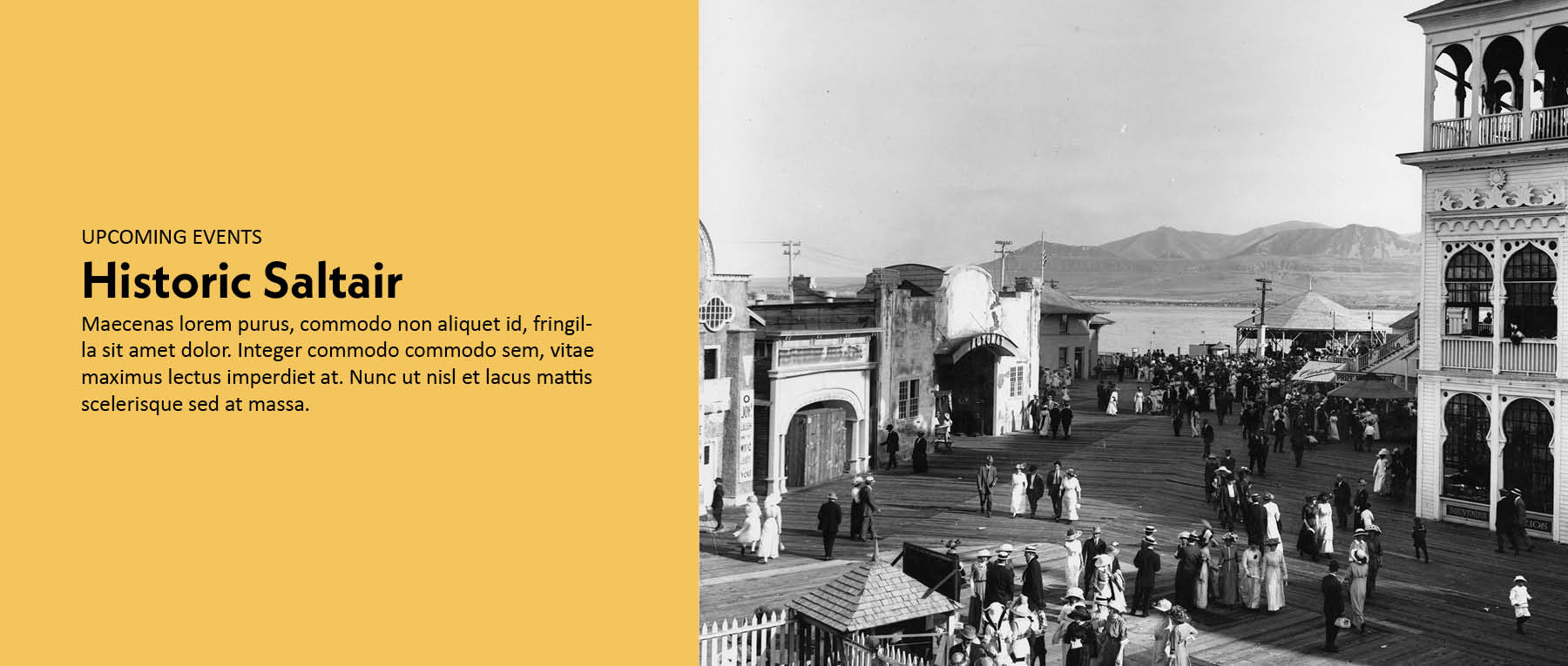
Trestle Work and Engine No. 2 by the Union Pacific, on the Eastern Approach to the Promontory Summit
Andrew Joseph Russell, American, 1829–1902
Much of the engineering know-how used on the Transcontinental Railroad was developed during the American Civil War, including railroad construction and bridge building. This improved engineering was best illustrated in Utah during the last days leading up to the wedding of the rails.
In the final months before May 10, 1869, both the Central Pacific and Union Pacific were grading and laying track, often within throwing distance of each other, both vying for the same federal certification that brought large sums of borrowed federal funds and land grants. The Union Pacific built this trestle in 36 days, finishing it five days before the May 10th ceremony. What is not shown in this photograph is the Central Pacific's competing "Big [earthen] Fill" roadbed which was built 70 feet high and 500 feet across, 200 yards away, over the same ravine
Image courtesy of the Union Pacific Railroad Museum

Utah Has One Of The Highest Literacy Rates In The Country. Research Shows That Programs Sponsored By CCE Support This.
Learn More
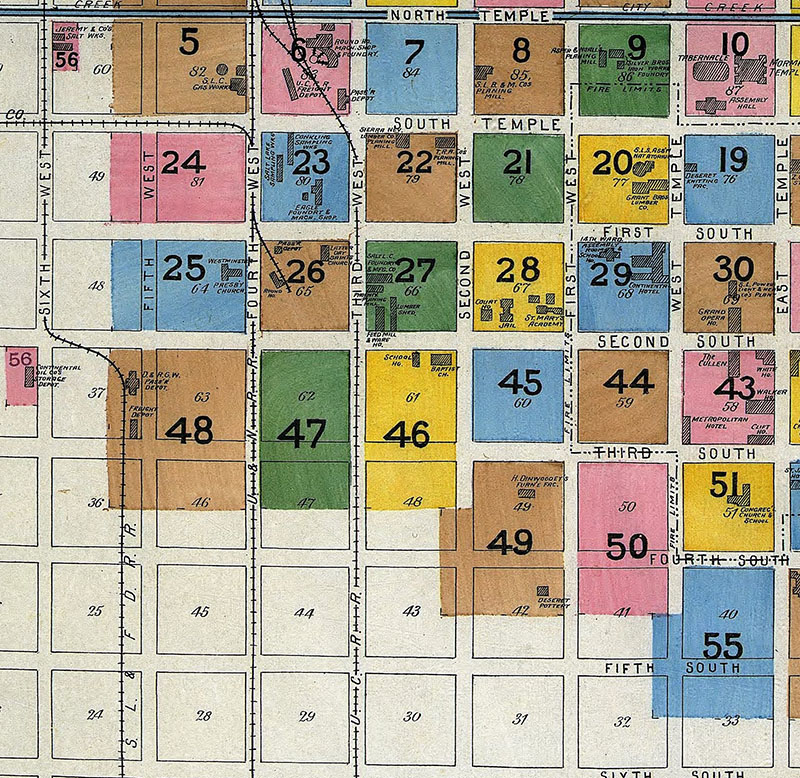
RECENT POSTS

The Legacy of Salt Lake City’s Pioneer Fort


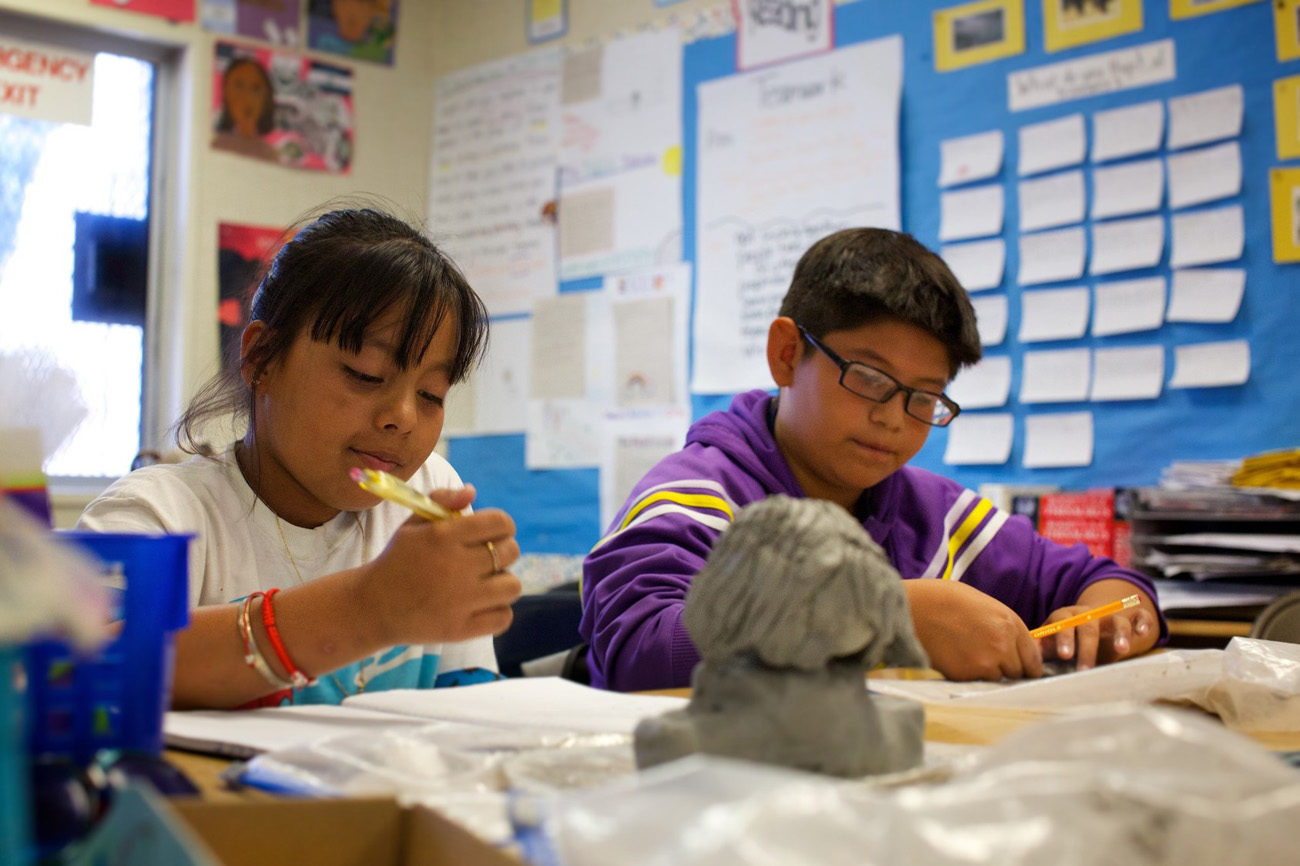
Students From Low-Income Families Who Take Part In Arts Activities At School Are Three Times More Likely To Get A Degree.

Students From Low-Income Families Who Take Part In Arts Activities At School Are Three Times More Likely To Get A Degree.

Students From Low-Income Families Who Take Part In Arts Activities At School Are Three Times More Likely To Get A Degree.

“ARTS AND CULTURE ARE CONSTANT SOURCES OF ECONOMIC GROWTH DURING BOTH GOOD AND DIFFICULT ECONOMIC TIMES. SPECIFICALLY, ARTS AND CULTURE POLICIES AND PROGRAMS INCREASE THE ECONOMY IN STATES BY ATTRACTING BUSINESSES, CREATING NEW JOBS, INCREASING TAX REVENUES, AND PROMOTING TOURISM.”
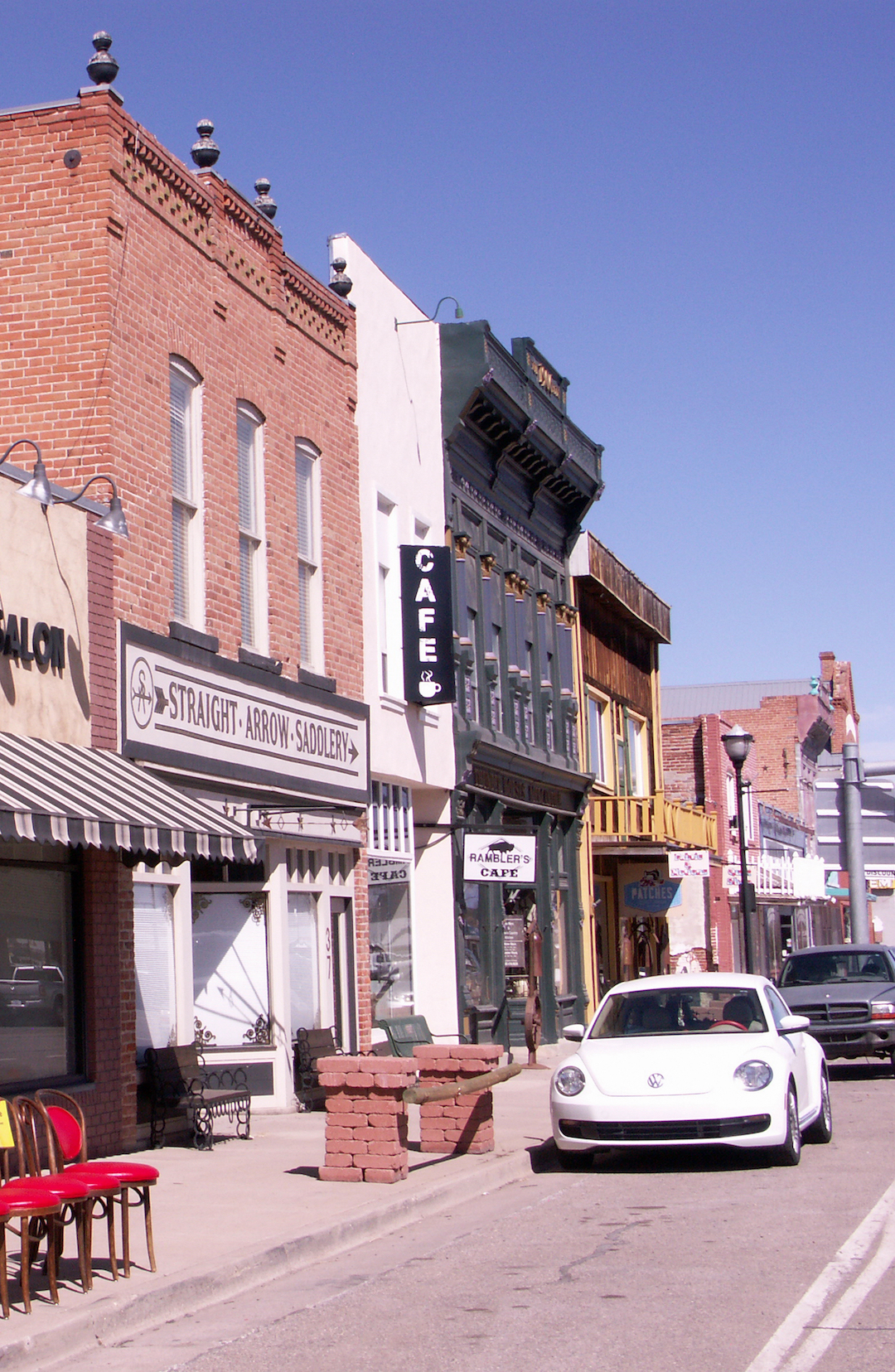
The Utah Main Street Program helps communities revitalize their economy, appearance, and image of downtown commercial districts. They do this by building a strategy centered around a community’s unique heritage and attributes that make it a great place to live and visit. The program provides a framework and resources to support a community’s downtown
- Revitalization — giving new life to particular areas of a community
- Revitalization — giving new life to particular areas of a community
- Revitalization — giving new life to particular areas of a community
- Revitalization — giving new life to particular areas of a community
- Revitalization — giving new life to particular areas of a community
- Revitalization — giving new life to particular areas of a community
A MOVEMENT
Main Street America has helped revitalize older and historic commercial districts for 35+ years. It is the leading voice for preservation-based economic development and community revitalization across the country. The program works with small towns, mid-sized communities, and urban commercial districts to breathe new life into neighborhoods.
A MARK OF DISTINCTION
Participating programs, organizations, and communities are part of a national movement with a proven track record for celebrating community character, preserving local history, and generating impressive economic returns. Since 1980, over 2,000 communities have participated, bringing renewed energy and activity to America’s downtowns and commercial districts, securing $61 billion in new investment, creating more than 525,000 net new jobs, and rehabilitating 251,000 buildings.
A TIME-TESTED STRATEGY
The Main Street Approach includes broad-based community engagement, a holistic understanding of the factors that impact the quality of life, and a strategic focus on the core principles of downtown and neighborhood revitalization, including economic vitality, quality design, effective promotion, and sustainable organization.
BOXING, KICKBOXING & MIXED MARTIAL ARTS

LEADERSHIP TEAM
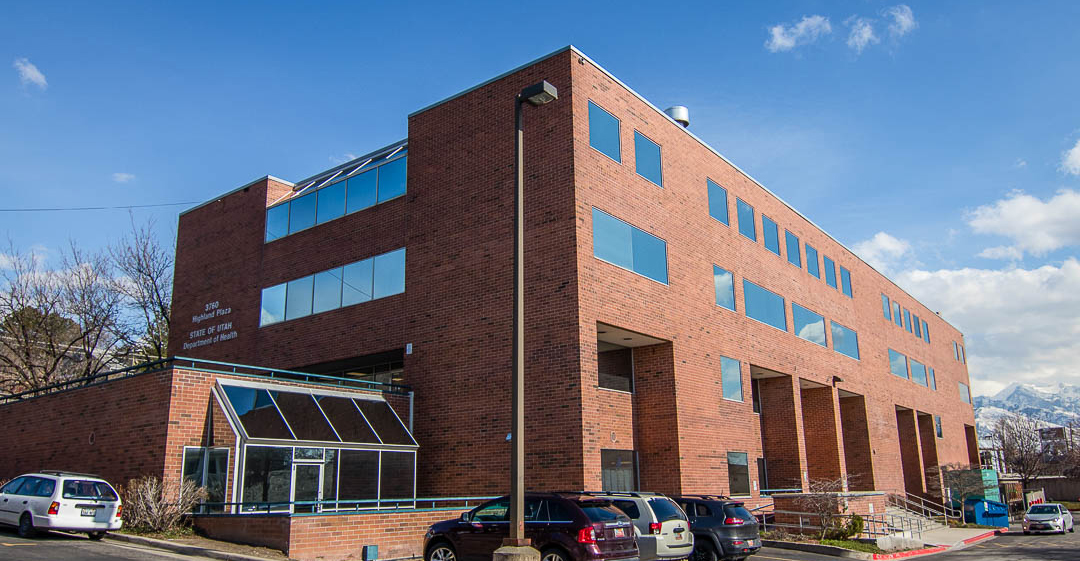
HIGHLAND OFFICE
Millcreek, UT 84106
- Toll-free: 1-877-488-3233
- Phone: 801-245-7202
- Fax: 801-521-4727
TESTIMONIALS
“Utah has deep roots in the entertainment industry, with thousands of productions filmed across the state of Utah since the 1930s. Whatever the story, it can be told in Utah’s desert lands, mountain grandeur, small towns, and urban cities. With over 84,000 square miles of diverse and cinematic landscapes, Utah’s historical buildings and landmarks are unique assets that attract filmmakers to our state for film production. Productions filmed in the state have both a creative and an economic impact by supporting small businesses creating new jobs and encouraging new visitors to see where their favorite films were shot.”
“Brigham City has long been recognized for its wonderful Main Street. We are excited and honored that Brigham City has been chosen as a pilot community for the Utah Main Street Program. The Main Street Program has demonstrated its effectiveness throughout the United States. As a community-driven and holistic approach to downtown revitalization, and not simply a silver bullet approach, I believe that the Main Street Program will be of tremendous benefit for our beautiful town.”
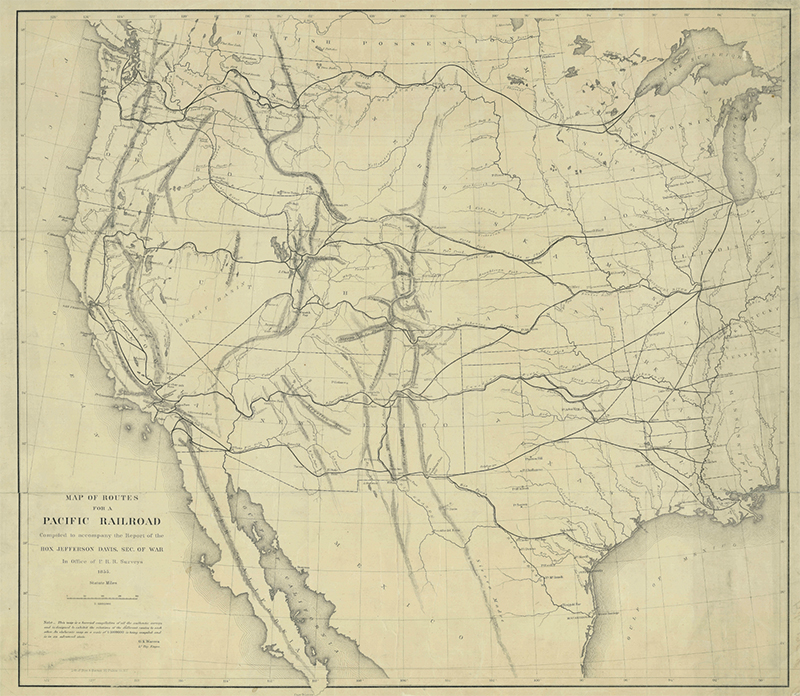

THREE OF THE MOST RECENT EPISODES

Director and Senior Advisor Spotlight | Nubia Peña: Leading for “One Utah”
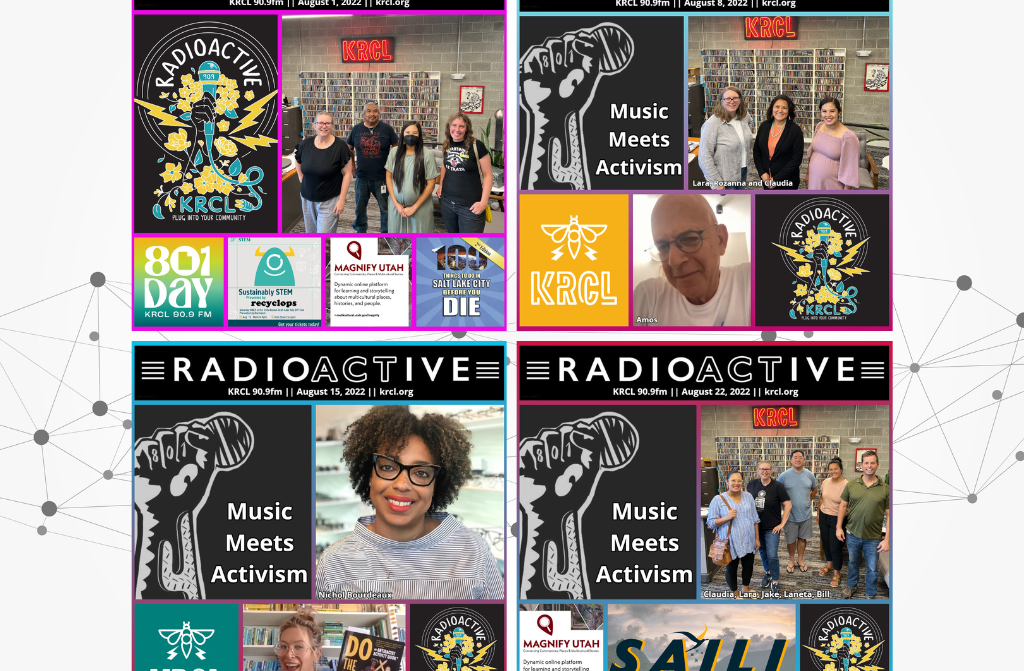
Magnify Utah Project Featured on
VISION
Thanks to the vision and support of Governor Spencer Cox and the Utah State Legislature, Utah’s vast collection of artifacts and art will be protected and shared in a new museum on the Utah State Capitol Complex. Planning has begun for this new building that will include collections storage, exhibition, education and gathering spaces.
MISSION
The Museum of Utah honors the past and inspires the future by sharing the state’s unique history, culture, and art.
UTAH MAIN STREET PROGRAM ADVISORY COUNCIL
UTAH MAIN STREET PROGRAM ADVISORY COUNCIL
WHY BUILD A RAILROAD ACROSS 1,900 MILES OF LAND?
Building the Transcontinental Railroad transformed many aspects of life in the United States. A rail line spanning the continent facilitated commerce and westward expansion, fulfilling the then-popular notion of Manifest Destiny, or the belief that Anglo-Americans had the God-given right to expand west.
The Transcontinental Railroad was an engineering feat that has had long-lasting impact on how we live our lives today. Expansion of the railroad enabled changes—among them shortened travel times, direct access to Asian markets, and the ability to expand the military into the West—that would have been unimaginable at the time to some.
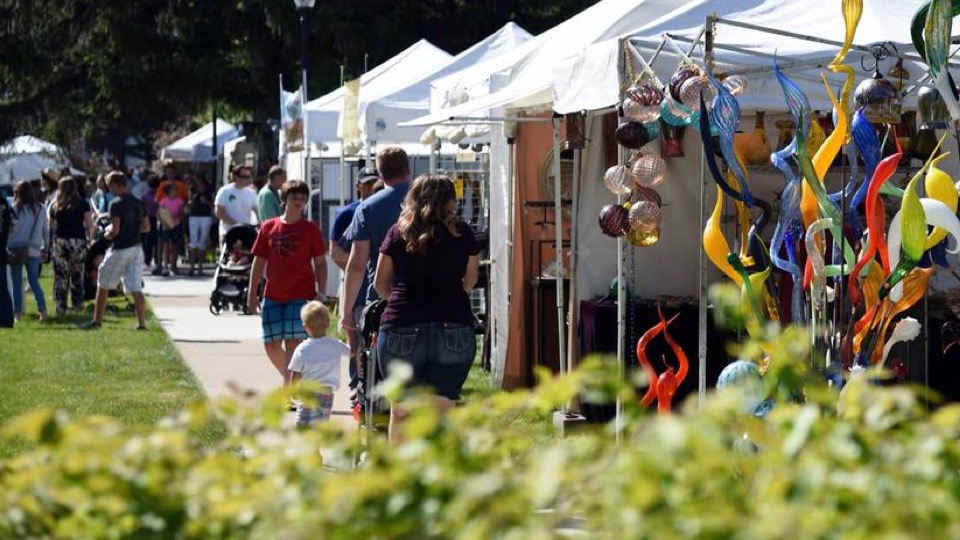

Utah Arts & Museums seeks to advance the quality of life for all through arts experiences and cultural opportunities. The division provides more than 500 outreach services, including arts education, professional development, exhibitions, community outreach, and direct matching grants to schools, local arts agencies, organizations, community centers, performing groups, museums, and individuals across Utah.
BUILDING THE CENTRAL PACIFIC AND UNION PACIFIC RAILROADS HARMED AND DISPLACED SCORES OF AMERICAN INDIAN TRIBES, INCLUDING THE CHEYENNE, SIOUX, ARAPAHO, SHOSHONE, AND PAIUTE, BY ALTERING NATURAL RESOURCES OR TAKING NATIVE LANDS.
American Indians mostly resisted the railroad’s construction to defend their independence and way of life. There were, however, tribes who worked on or offered support for its construction, including the Paiute for the Central Pacific and the Pawnee for the Union Pacific.
“Utah has deep roots in the entertainment industry, with thousands of productions filmed across the state of Utah since the 1930s. Whatever the story, it can be told in Utah’s desert lands, mountain grandeur, small towns, and urban cities. With over 84,000 square miles of diverse and cinematic landscapes, Utah’s historical buildings and landmarks are unique assets that attract filmmakers to our state for film production. Productions filmed in the state have both a creative and an economic impact by supporting small businesses creating new jobs and encouraging new visitors to see where their favorite films were shot.”
“Utah has deep roots in the entertainment industry, with thousands of productions filmed across the state of Utah since the 1930s. Whatever the story, it can be told in Utah’s desert lands, mountain grandeur, small towns, and urban cities. With over 84,000 square miles of diverse and cinematic landscapes, Utah’s historical buildings and landmarks are unique assets that attract filmmakers to our state for film production. Productions filmed in the state have both a creative and an economic impact by supporting small businesses creating new jobs and encouraging new visitors to see where their favorite films were shot.”
The Utah State Library works to develop, advance, and promote library services and equal access to information and library resources to all Utah residents.
The Utah State Library works to develop, advance, and promote library services and equal access to information and library resources to all Utah residents.


DISCOVER UTAH HISTORY
Utah has a complex and fascinating history that makes us as unique and diverse as our landscape.

VIEW OUR ONLINE
EXHIBITIONS
Explore Utah's history through stories and images.
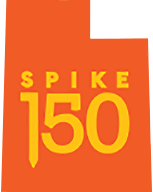
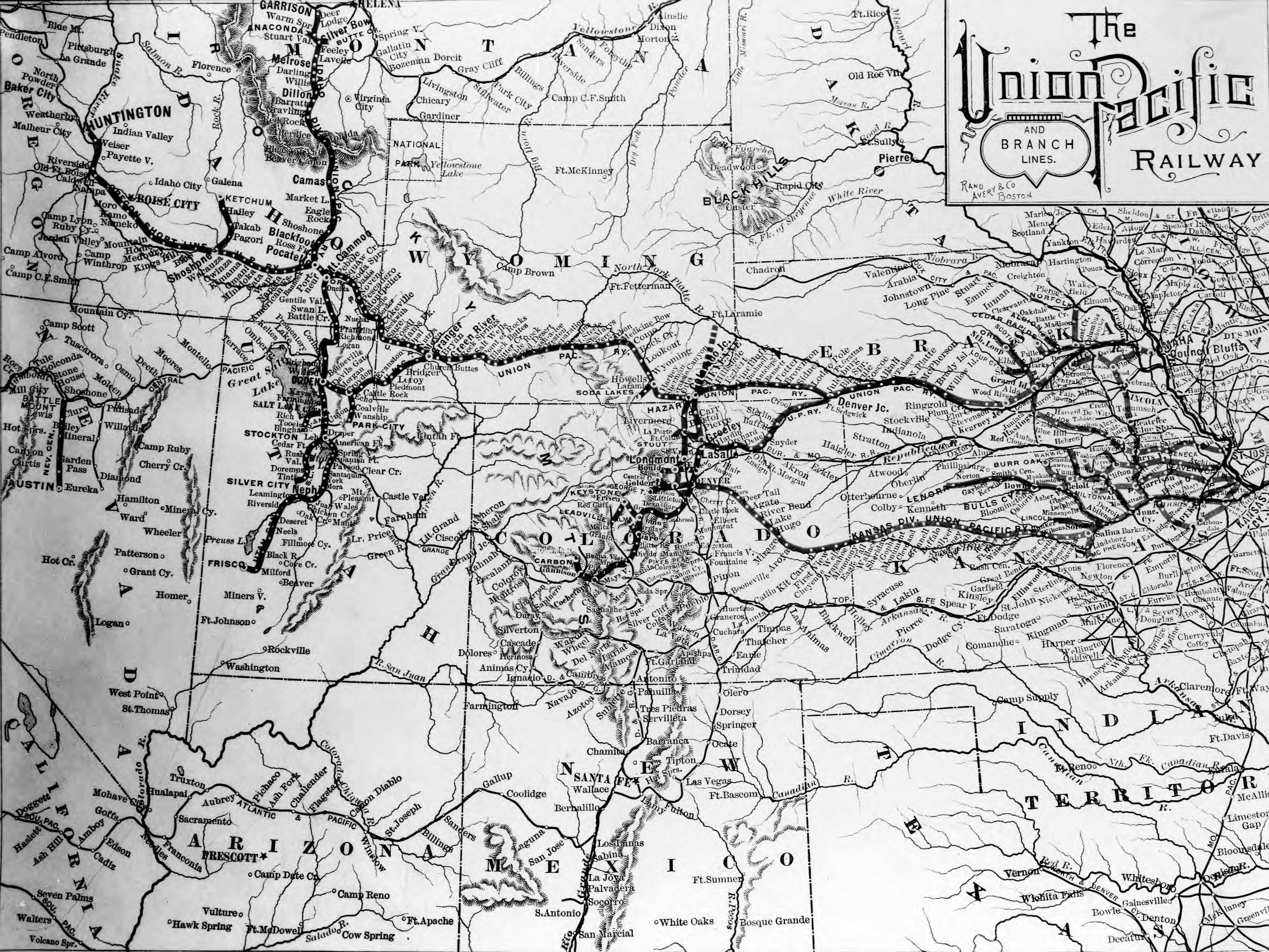
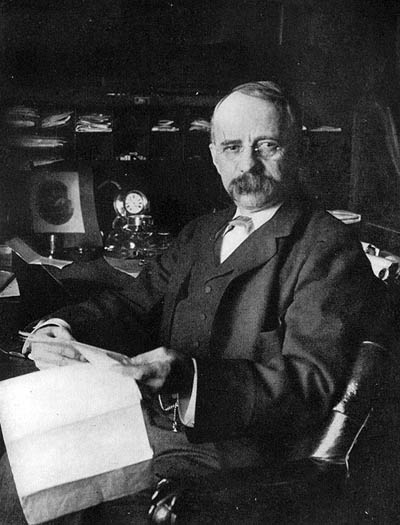
A NEW YORK CAPTAIN OF INDUSTRY COMES TO UTAH
Late 19th-century America saw rapid technological change and industrial advances, which in turn made a relatively small group of Americans massively wealthy. Among the newly-minted rich was Edward H. “Ned” Harriman, a New York stockbroker who specialized in rebuilding railroads.
In 1897, the U.S. government foreclosed on the bankrupt Union Pacific Railway. Because of the railroad’s importance to the economy, the government sold the railway at a discount and allowed a group of investors, led by Harriman, to reorganize as a new corporation. Harriman and his group incorporated the new railroad in Utah to take advantage of the state’s favorable business environment and low taxes. After forming the Utah-based Union Pacific Railroad, Harriman invested heavily in long-needed improvements and reaped large dividends as the railway flourished.
ENFORCING UTAH’S INHERITANCE TAX LAW
Utah’s capitol story is linked with Utah’s long-delayed quest for statehood. The state’s early Euro-American settlers first petitioned for statehood in 1849. After half a dozen subsequent attempts, Congress passed an enabling act in 1894, starting a process that ended on January 4, 1896. Utah became a state 49 years years after its first petition. The Utah State Capitol was completed in 1916.
Like its unresolved statehood petitions, Utah’s statehouse moved “from pillar to post” for 67 years. These included the Church of Jesus Christ of Latter-day Saints’ Council House, an intentionally-built Utah Territorial Capitol located in Fillmore, Salt Lake City Hall, and the Salt Lake City & County Building. The latter served as territorial and state capitol until Utah’s current capitol was completed in 1915-1916.
When the Harriman estate reported in December 1910 that the tax would be paid, Governor William Spry and Republican Party leaders started discussing the use of this financial windfall for a capitol building. During the last two days of the 1911 Utah Legislature, the Harriman funds served as catalyst for the passing of five bills (including the remaining funding) so Utah would finally get its State Capitol.
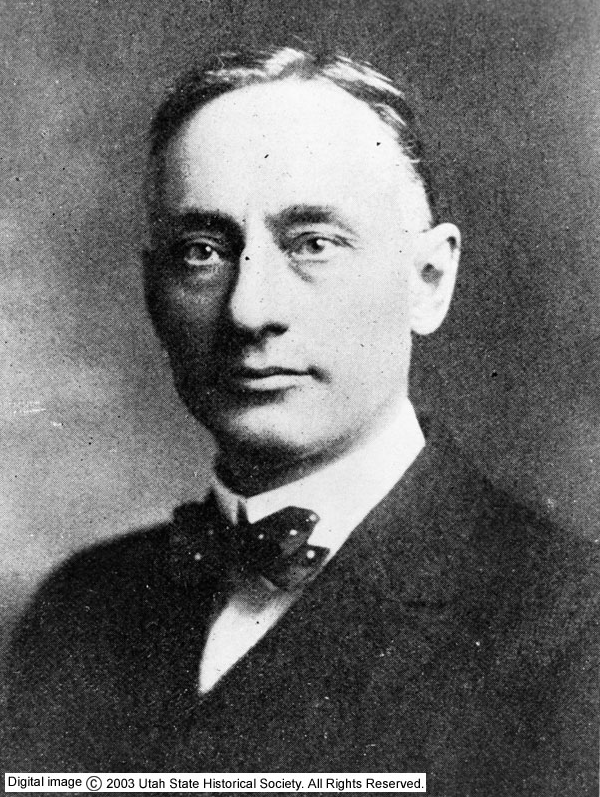
Great Event Poster
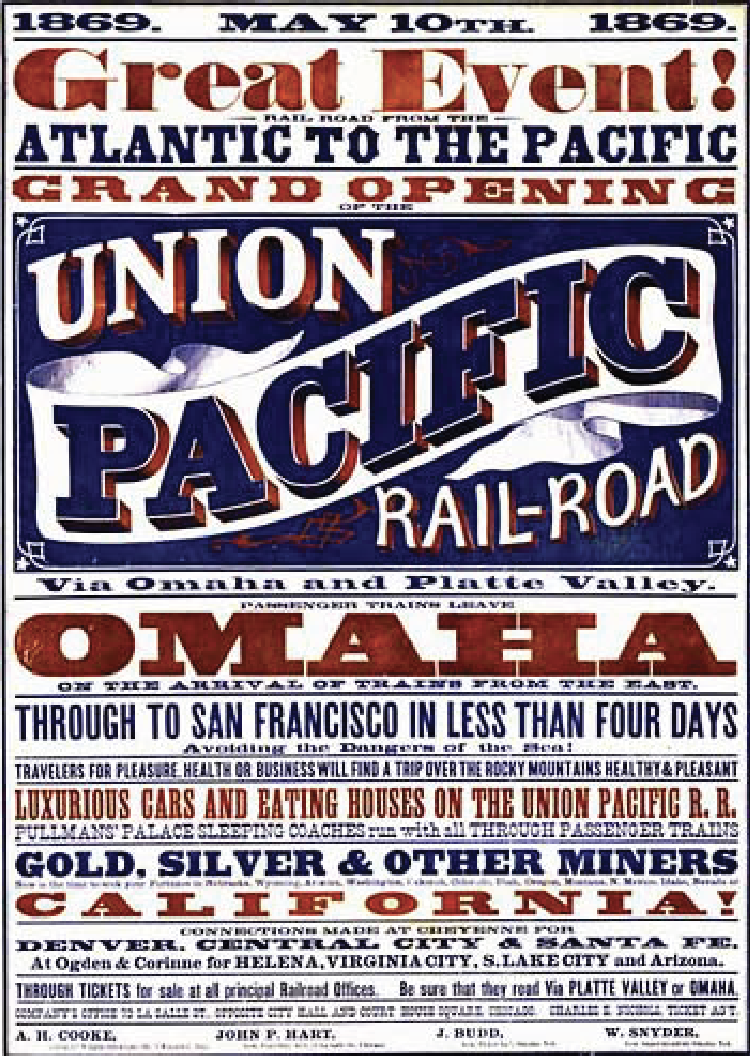
The Rival Monarchs
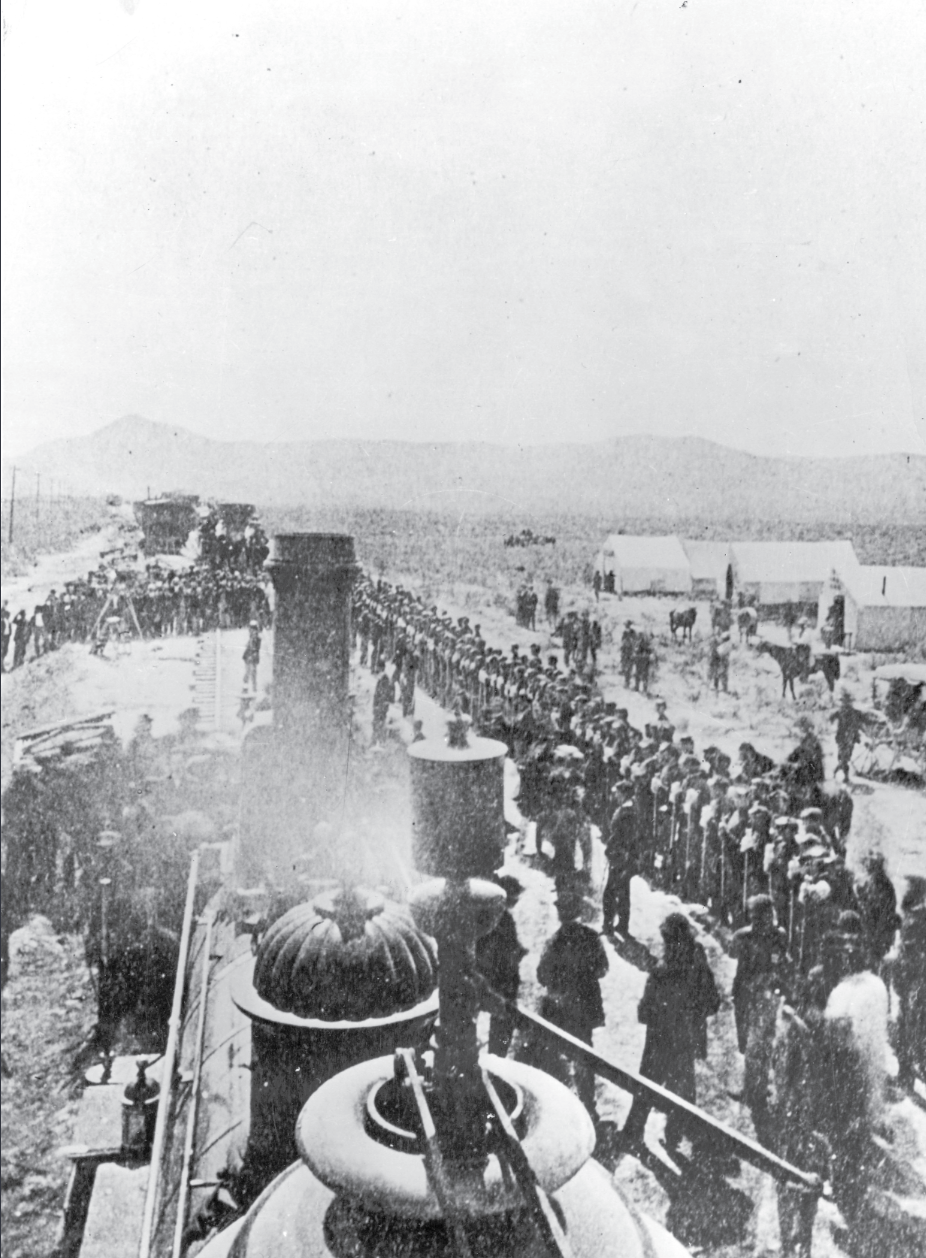
Featured Stories



WHO BUILT THE RAILROAD?
Irish Immigrants
10000
CHINESE IMMIGRANTS
15000
MORMON WORKERS
4000
CIVIL WAR VETERANS
2000

MUSE DIGITAL MAGAZINES
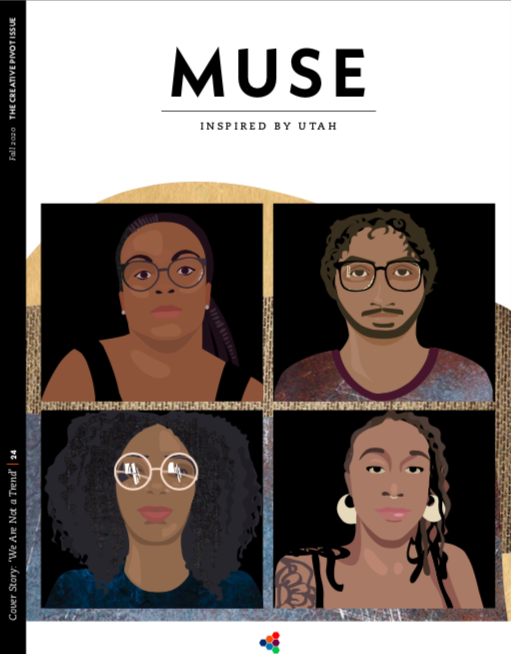
AN UNEXPECTED WINDFALL FUNDS THE UTAH STATE CAPITOL
Harriman’s death in 1909 came during the national Progressive Movement (1890-1920), a reaction to the country’s dismal public health conditions, rampant political and corporate corruption, and deepening economic chasm between the very rich and the struggling majority middle class.
Utah’s 1901 Inheritance Tax was a product of this movement. As Utah Attorney General Albert R. Barnes reviewed the results of the tax, he noticed a lack of enforcement for non-resident estates holding stocks issued by companies incorporated in Utah. Barnes learned New York state had received inheritance tax from Harriman’s estate for stocks held in New York companies. He reasoned Harriman’s stock in the Union Pacific, incorporated in Utah, should be subject to Utah’s Inheritance Tax law. For a year, Barnes pressed Harriman’s estate to comply with the law. Finally, on March 6, 1911, Harriman’s estate issued a check to the State of Utah for $798,536.85, or five percent of the Union Pacific’s estimated stock value of more than $15 million.

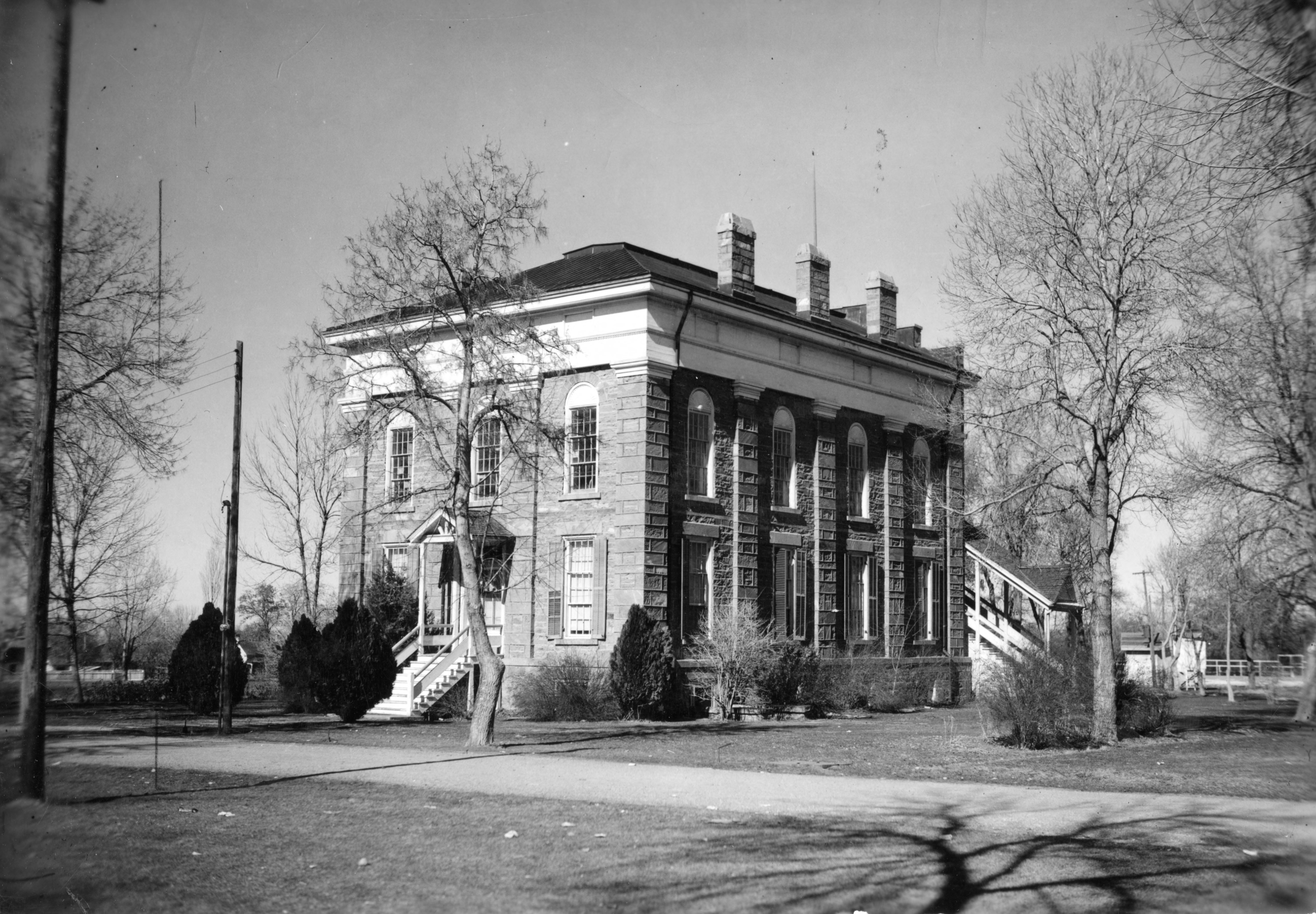
Utah Territorial Capitol in Fillmore 1855-57

Salt Lake City Hall 1866-1894
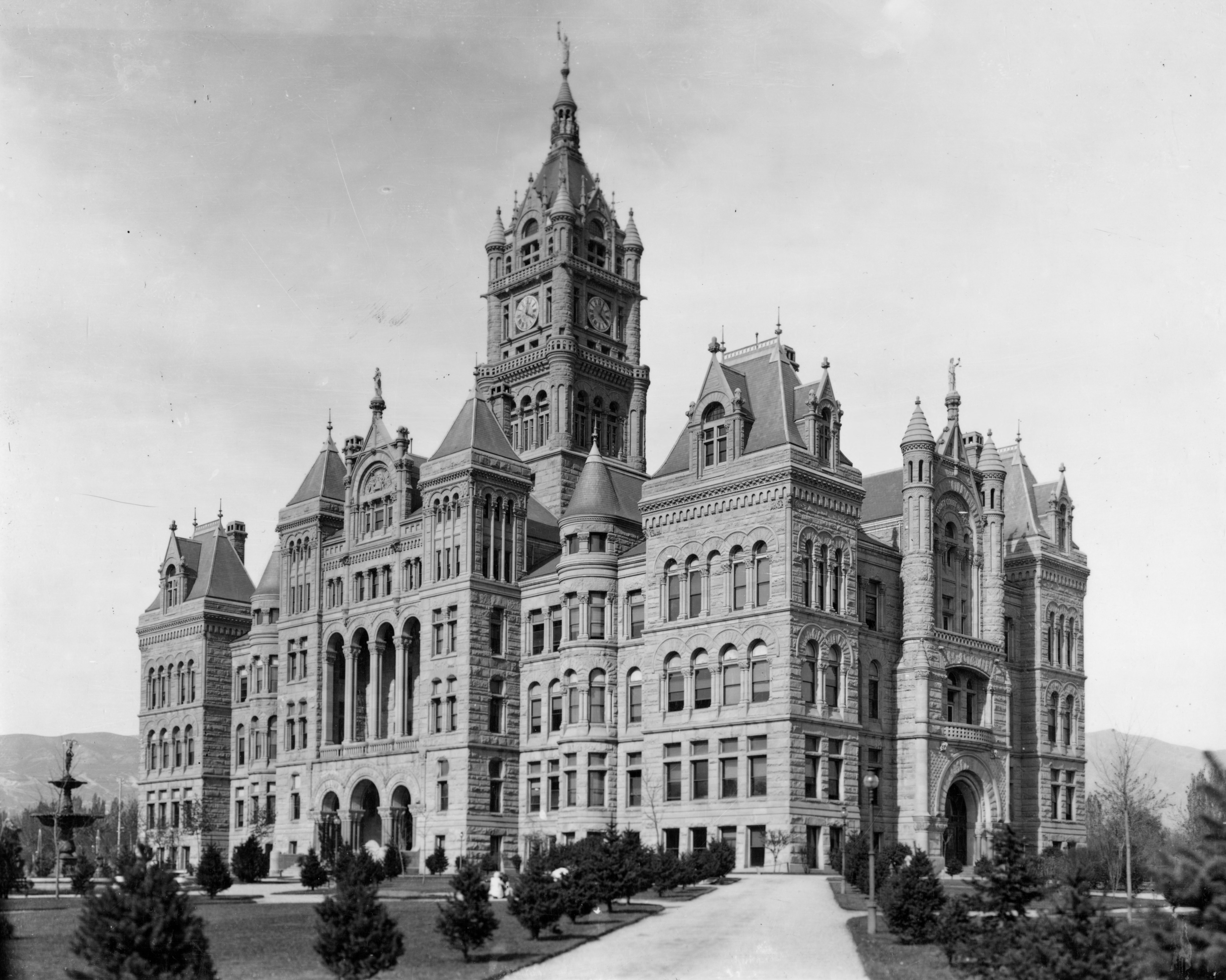
alt Lake City & County Building 1894-1916
All Posts

MUSE
INSPIRED BY UTAH
Artists create, pandemic or protests or not. And even before Utah’s theaters and museums and concert halls reopened, the creative sector was already reinventing itself. While still in the middle of everything, creators revealed how they’re refocusing while finding new ways to reach audiences. Of course, the work of pivoting isn’t finished — perhaps barely begun — but these stories underscore the creativity of the state’s creative landscape.
RESOURCES
CONTEMPORARY PEOPLE AND STORIES
Thrive125 presents a series of experiences focused on Utah arts, culture, and creativity.

UTAH @ 125
Be inspired by new literary work as writers consider their relationship with Utah.

UTAH @ 125
Be inspired by new literary work as writers consider their relationship with Utah.

UTAH @ 125
Be inspired by new literary work as writers consider their relationship with Utah.
Exhibition Audio Tour
ALL EPISODES

Image 56: Greek Orthodox Pentecost Monday parade, Main Street, between 200 and 300 South, Salt Lake City; June 15, 1908; Helen Z. Papanikolas Collection, Utah State Historical Society.
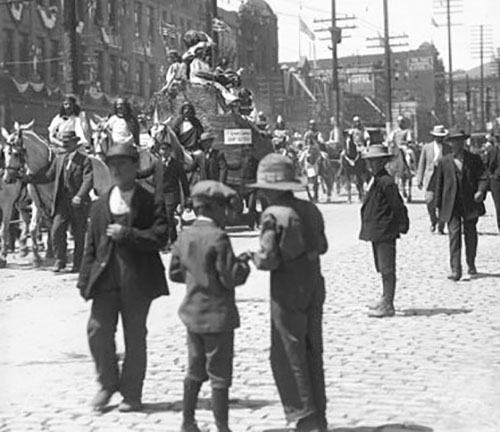
“Spirit Monday” marking the end of Easter, this day was, and continues today to be, a national Greek holiday where Greek owned businesses and schools close to celebrate. Patriotic rallies and parades such as this one were held in Salt Lake City, Bingham and other Utah towns with Greek communities. This float was sponsored by the Order of United Commercial Travelers (established 1888), a benevolent society for traveling salesman and commercial travelers. The float was pulled by four white horses and ridden by men in traditional Greek clothing, including a Farion or fez with a long black tassel, Donglamus or white tunic uniforms and baggy white shirts known as Ypodctes.
Image 56: Greek Orthodox Pentecost Monday parade, Main Street, between 200 and 300 South, Salt Lake City; June 15, 1908; Helen Z. Papanikolas Collection, Utah State Historical Society.

“Spirit Monday” marking the end of Easter, this day was, and continues today to be, a national Greek holiday where Greek owned businesses and schools close to celebrate. Patriotic rallies and parades such as this one were held in Salt Lake City, Bingham and other Utah towns with Greek communities. This float was sponsored by the Order of United Commercial Travelers (established 1888), a benevolent society for traveling salesman and commercial travelers. The float was pulled by four white horses and ridden by men in traditional Greek clothing, including a Farion or fez with a long black tassel, Donglamus or white tunic uniforms and baggy white shirts known as Ypodctes.
Image 56: Greek Orthodox Pentecost Monday parade, Main Street, between 200 and 300 South, Salt Lake City; June 15, 1908; Helen Z. Papanikolas Collection, Utah State Historical Society.

“Spirit Monday” marking the end of Easter, this day was, and continues today to be, a national Greek holiday where Greek owned businesses and schools close to celebrate. Patriotic rallies and parades such as this one were held in Salt Lake City, Bingham and other Utah towns with Greek communities. This float was sponsored by the Order of United Commercial Travelers (established 1888), a benevolent society for traveling salesman and commercial travelers. The float was pulled by four white horses and ridden by men in traditional Greek clothing, including a Farion or fez with a long black tassel, Donglamus or white tunic uniforms and baggy white shirts known as Ypodctes.
COMMISSION INFORMATION
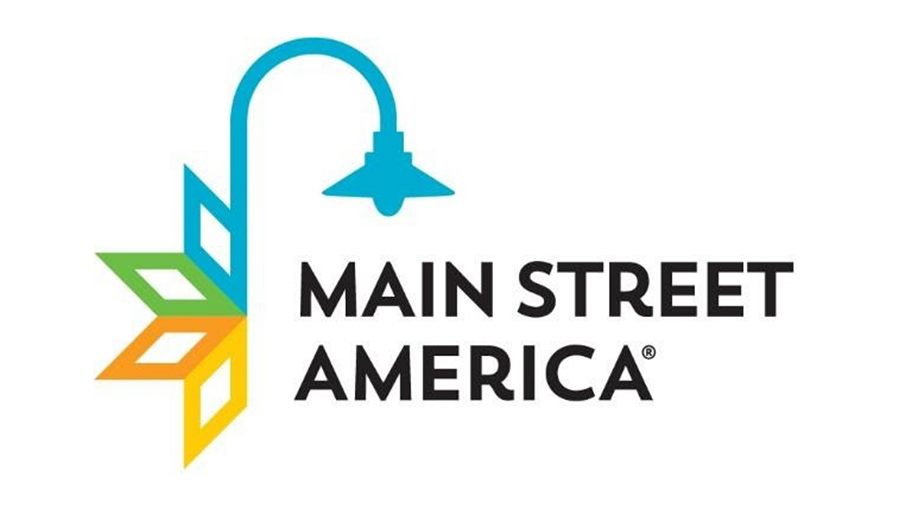


Utah Arts & Museums seeks to advance the quality of life for all through arts experiences and cultural opportunities. The division provides more than 500 outreach services, including arts education, professional development, exhibitions, community outreach, and direct matching grants to schools, local arts agencies, organizations, community centers, performing groups, museums, and individuals across Utah.
Utah Arts & Museums seeks to advance the quality of life for all through arts experiences and cultural opportunities. The division provides more than 500 outreach services, including arts education, professional development, exhibitions, community outreach, and direct matching grants to schools, local arts agencies, organizations, community centers, performing groups, museums, and individuals across Utah.




Utah Arts & Museums seeks to advance the quality of life for all through arts experiences and cultural opportunities. The division provides more than 500 outreach services, including arts education, professional development, exhibitions, community outreach, and direct matching grants to schools, local arts agencies, organizations, community centers, performing groups, museums, and individuals across Utah.
Utah Arts & Museums seeks to advance the quality of life for all through arts experiences and cultural opportunities. The division provides more than 500 outreach services, including arts education, professional development, exhibitions, community outreach, and direct matching grants to schools, local arts agencies, organizations, community centers, performing groups, museums, and individuals across Utah.




Utah Arts & Museums seeks to advance the quality of life for all through arts experiences and cultural opportunities. The division provides more than 500 outreach services, including arts education, professional development, exhibitions, community outreach, and direct matching grants to schools, local arts agencies, organizations, community centers, performing groups, museums, and individuals across Utah.
Utah Arts & Museums seeks to advance the quality of life for all through arts experiences and cultural opportunities. The division provides more than 500 outreach services, including arts education, professional development, exhibitions, community outreach, and direct matching grants to schools, local arts agencies, organizations, community centers, performing groups, museums, and individuals across Utah.


Image 44: Pioneer Park young men's wading pools; Utah State Historcial Society.

Image 45: Children playing on Pioneer Park's early playground equipment; Utah State Historical Society.

Image 56: Greek Orthodox Pentecost Monday parade, Main Street, between 200 and 300 South, Salt Lake City; June 15, 1908; Helen Z. Papanikolas Collection, Utah State Historical Society.

“Spirit Monday” marking the end of Easter, this day was, and continues today to be, a national Greek holiday where Greek owned businesses and schools close to celebrate. Patriotic rallies and parades such as this one were held in Salt Lake City, Bingham and other Utah towns with Greek communities. This float was sponsored by the Order of United Commercial Travelers (established 1888), a benevolent society for traveling salesman and commercial travelers. The float was pulled by four white horses and ridden by men in traditional Greek clothing, including a Farion or fez with a long black tassel, Donglamus or white tunic uniforms and baggy white shirts known as Ypodctes.
The Governor’s Office of Economic Opportunity is home to the Utah Main Street Program and administers training, consultation, and grant funding for communities with a Main Street designation. The Utah Main Street Program Advisory Committee provides support for the program. Membership on the Advisory Committee includes:
- Revitalization — giving new life to particular areas of a community
- Revitalization — giving new life to particular areas of a community
- Revitalization — giving new life to particular areas of a community
- Revitalization — giving new life to particular areas of a community
- Revitalization — giving new life to particular areas of a community
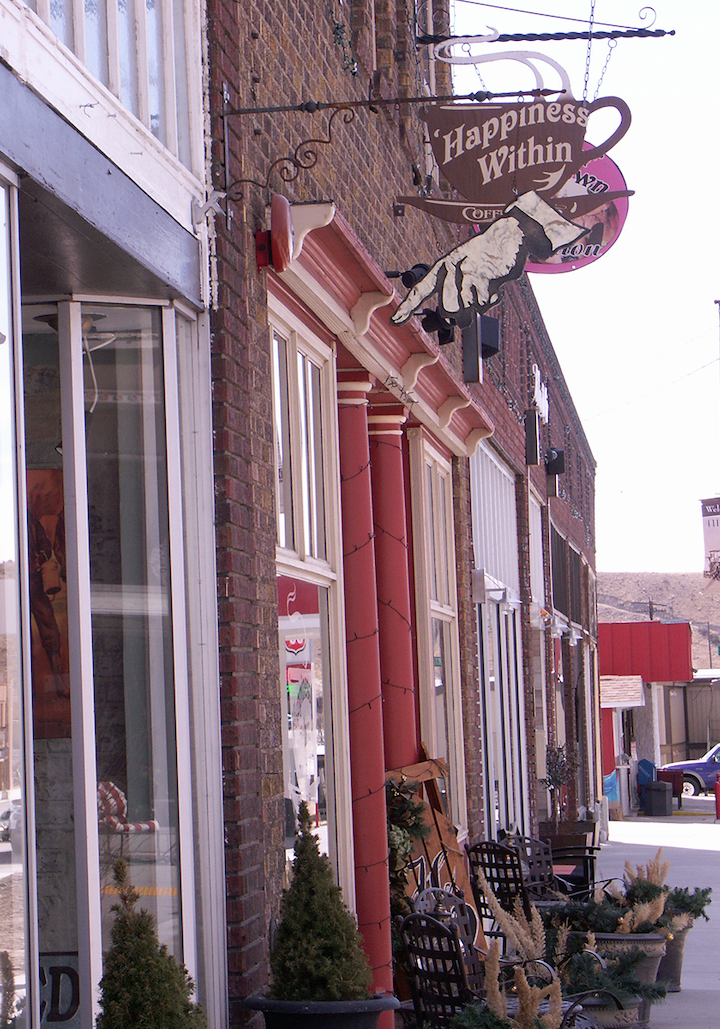
Input your text here! The text element is intended for longform copy that could potentially include multiple paragraphs.
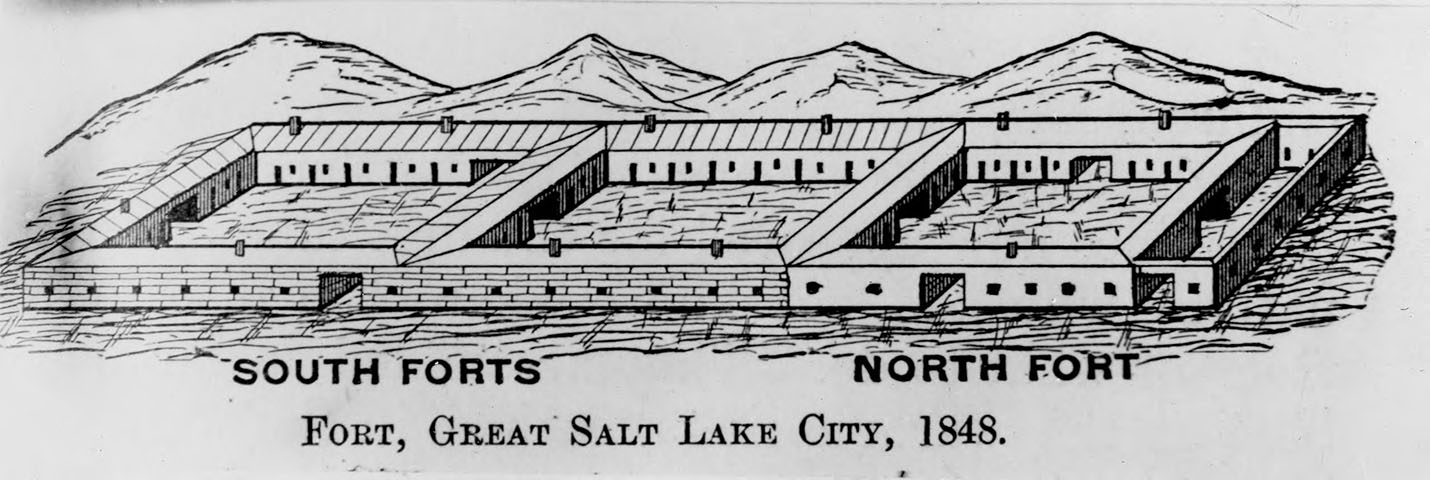
Image 8: Fort, Great Salt Lake City, Utah, 1848; taken from "The Works of Hubert Howe Bancroft, History of Utah, 1540 to 1886," Volume XXVI, The History Company, Publishers, San Francisco, 1889. In general outline, this sketch is correct, notwithstanding the far-too-close and out-of-scale mountains. The fort would have also included interior corrals and acres and acres of freshly tilled and furrowed fields around it.
BENEFICIARIES
Businesses, residents, and governments benefit from the Main Street program, with increased revenues, goods, and services. Resident amenities also serve tourists. One of the greatest strengths of the Main Street program is its multi-disciplinary approach — its economic development, tourism, community development, heritage and culture, transportation and preservation, and more.
- Property owners Growth of rental income; increase in property values; safer environment
- Property owners Growth of rental income; increase in property values; safer environment
- Property owners Growth of rental income; increase in property values; safer environment
- Property owners Growth of rental income; increase in property values; safer environment
- Property owners Growth of rental income; increase in property values; safer environment
- Property owners Growth of rental income; increase in property values; safer environment
- Property owners Growth of rental income; increase in property values; safer environment
- Property owners Growth of rental income; increase in property values; safer environment
- Property owners Growth of rental income; increase in property values; safer environment
- Property owners Growth of rental income; increase in property values; safer environment
- Property owners Growth of rental income; increase in property values; safer environment
- Property owners Growth of rental income; increase in property values; safer environment
Image 6: Fur Trapper Rendezvous, Upper Green River, Wyoming, William Henry Jackson, artist.

Image 7: Mormon Immigrants’ first view of the Salt Lake Valley, traveling down Emigration Canyon; William Henry Jackson (1843-1942), artist; painted circa 1930s; black and white copy, Utah State Historical Society.

Jackson spent a lifetime documenting the story of the American West with illustrations, drawings, and photographs. This illustration offers a general–not entirely exact–representation of what the Utah pioneers would have seen, entering the Salt Lake Valley: gentle westerly declines, tall grasses, marsh land and wandering creeks.

